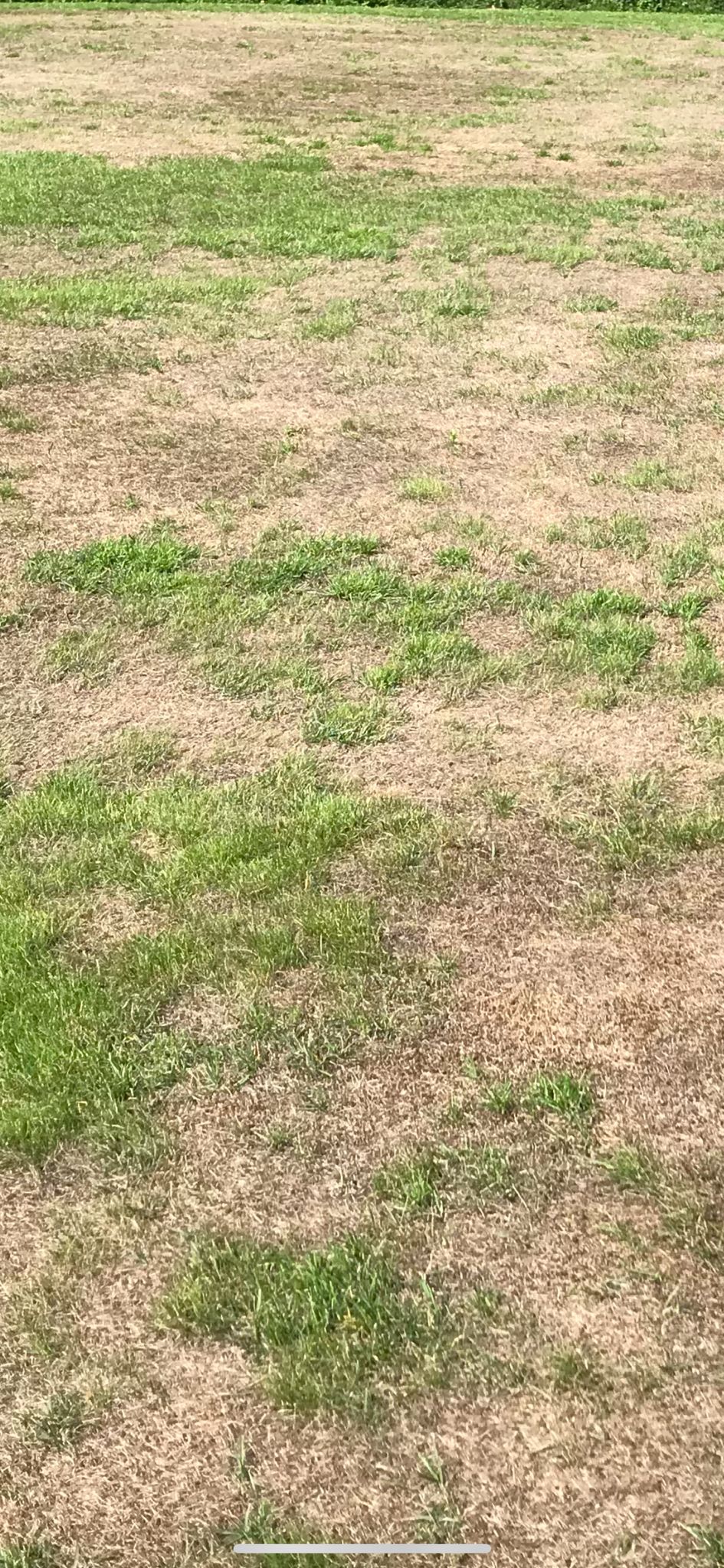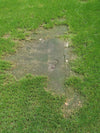
Heat stress in garden lawns - how to prevent against it
Heat Stress in Lawns
Introduction
As the temperatures rise during the summer months, it's important to pay close attention to the health of your lawn. Heat stress can cause serious damage to your grass, making it look unsightly and weakening its overall health. In this blog post, we'll discuss the signs of heat stress in lawns and what you can do to prevent it from occurring.
Signs of Heat Stress in Lawns
The first sign of heat stress in lawns is discoloration. Grass that is suffering from heat stress will turn yellow or brown, especially in areas that receive direct sunlight. Another sign to look out for is wilted or curled blades of grass. This occurs because the grass is losing water faster than it can absorb it from the soil. In severe cases, you may notice thinning or patchy areas in your lawn, which can be a result of the grass dying off due to the stress.
Preventing Heat Stress in Lawns
The best way to prevent heat stress in lawns is to ensure that your grass is properly hydrated. This means watering your lawn deeply and infrequently rather than shallowly and frequently. Give your lawn about an inch of water per week, and make sure it's getting enough water by checking the soil moisture level. You can do this by sticking a screwdriver into the soil. If it goes in easily, your lawn is hydrated. If it's difficult to push in, your lawn needs more water.
Another way to prevent heat stress is to mow your lawn at the correct height. Taller grass shades the soil, which helps to keep it cool and moist. Mow your lawn to a height of 3-4 inches, and avoid cutting more than one-third of the grass blade in a single mowing session. This will ensure that your lawn stays healthy and resilient in hot weather.
Fertilising Your Lawn
Fertilising your lawn can also help prevent heat stress. This will provide your grass with the nutrients it needs to stay healthy and strong throughout the summer months. Especially the So & Mo feeds which all include a wetting agent.
Conclusion
Heat stress can be a serious problem for lawns, but by taking proper precautions, you can keep your grass looking healthy and vibrant all summer long. By watering deeply and infrequently, mowing at the correct height, and fertilising as needed, you can prevent heat stress from taking hold in your lawn. Remember to keep an eye out for signs of heat stress, and take action before it's too late. With a little bit of attention and care, your lawn can thrive even in the hottest weather.
Ready to be proud of your garden?
Ensure your lawn never goes hungry with our personalised feeding plan. Delivered through you letterbox exactly when you need it.





